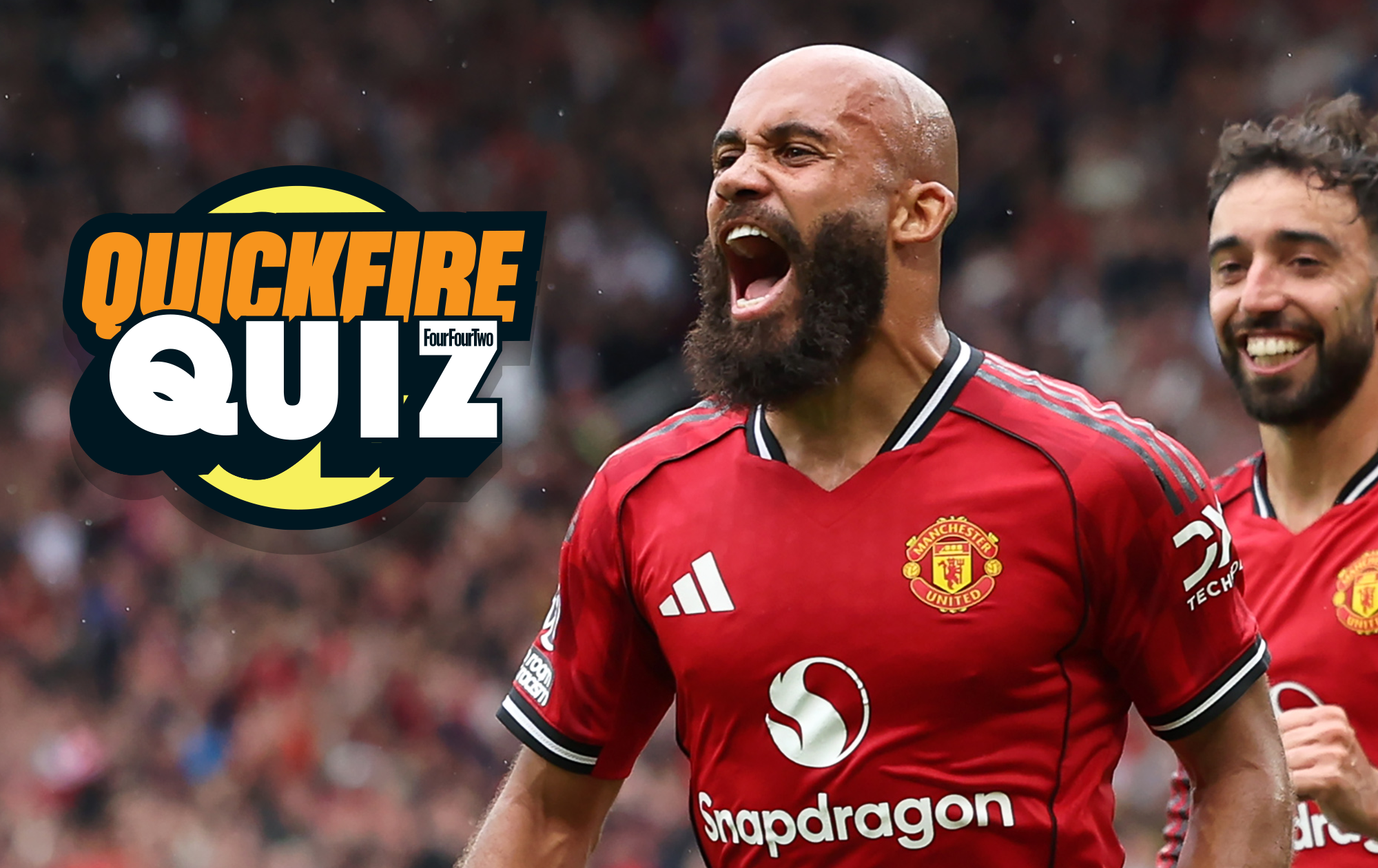Ranked! The 50 best footballs ever
The best footballs ever, from the Telstar to the star balls, Total 90 to total classics - what's your favourite?
10. Adidas Oceaunz (2023)
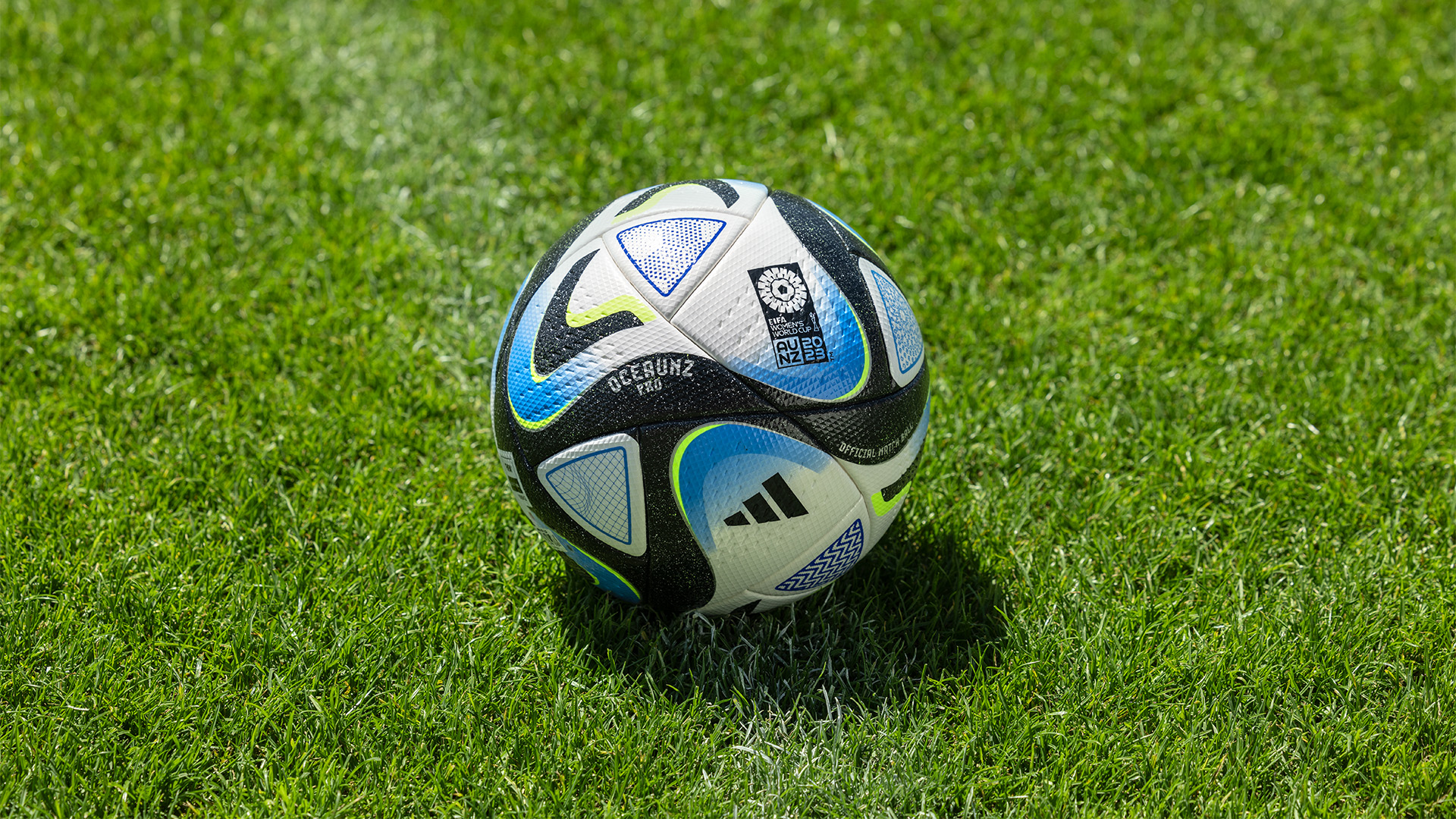
As women's football continues to grow, the equipment is becoming ever-more iconic – perhaps this football will be looked on in future years with pure nostalgia for the time that a generation got into the women's game.
The Adidas Oceaunz complete with its sea-like colour scheme and rogue 'u' in the name looks like no other matchball ever. It's calming, intricate and beautifully patterned, with unique shapes all over. It's an absolute beauty. The blue colour scheme just about trumps the gold/red effort for the final.
9. Adidas Tricolore (1998)
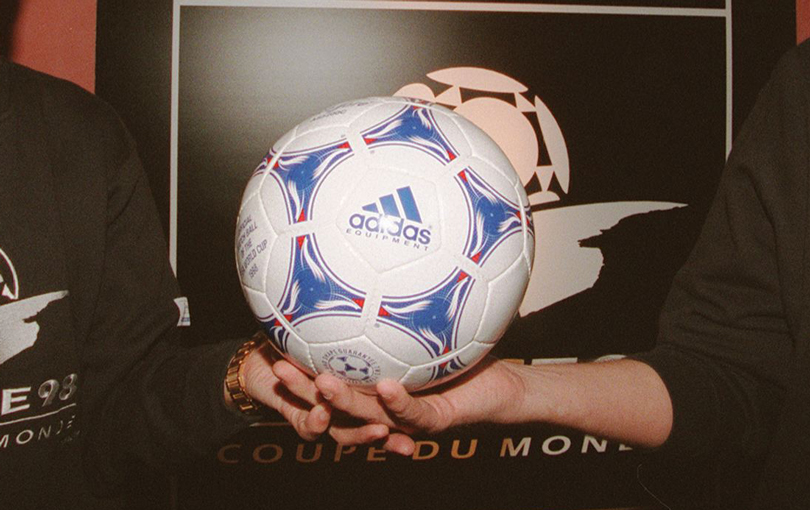
It was the 1970s when the FIFA World Cup was first widely broadcast in colour; Johan Cruyff in vibrant orange, Brazilians in glowing carnival shades. It took a whole two decades for the ball itself to get with the programme.
It was worth the wait. The first coloured ball at a World Cup, the '98 Adidas Tricolore, played on the traditional Tango design with an intricate pattern. The French red, white and blue decorated the ball beautifully; it was the last Tango-style to feature at a World Cup but it opened Pandora’s box in terms of future designs.
8. Adidas Teamgeist (2006)
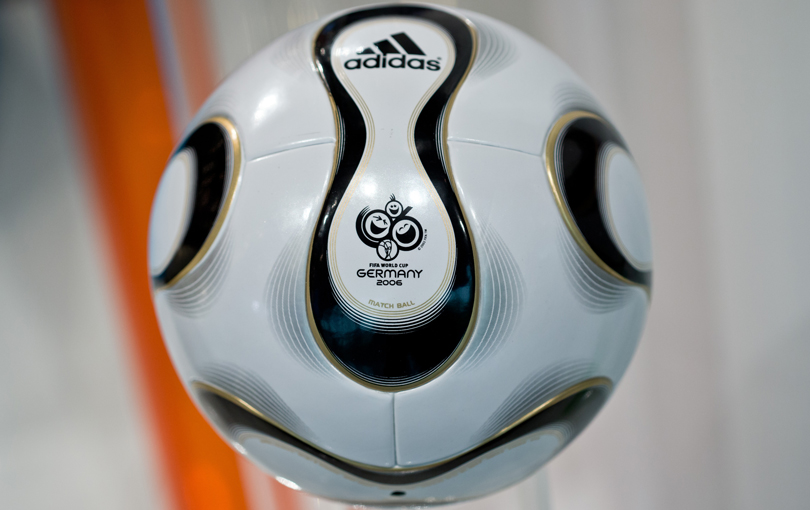
Another World Cup ball, more hate. The 2006 Adidas Teamgeist was criticised by Roberto Carlos and David Beckham – hilariously, a swerve connoisseur and an Adidas ambassador respectively – not to mention the fact that its density would radically change when wet. But don’t let that put you off from how damn iconic this beast was.
The Teamgeist came slap bang in Adidas’s golden prime when Lampard and Gerrard were still being crowbarred into the same midfield role and the walls of JD Sports would be filled with nothing but Predator boots. The gold version of the Teamgeist is synonymous with Zinedine Zidane, who was also kitted out in gold Adidas boots for his last tournament – even the regular version had gold-tinted along the curves.
It’s opulent, exciting; a relic of pre-credit crunch Europe where footballers wore gold like peacocking monarchs. The infinity-shaped panels are still an awesome design to this day.
The best features, fun and footballing quizzes, straight to your inbox every week.
7. Adidas Fevernova (2002)
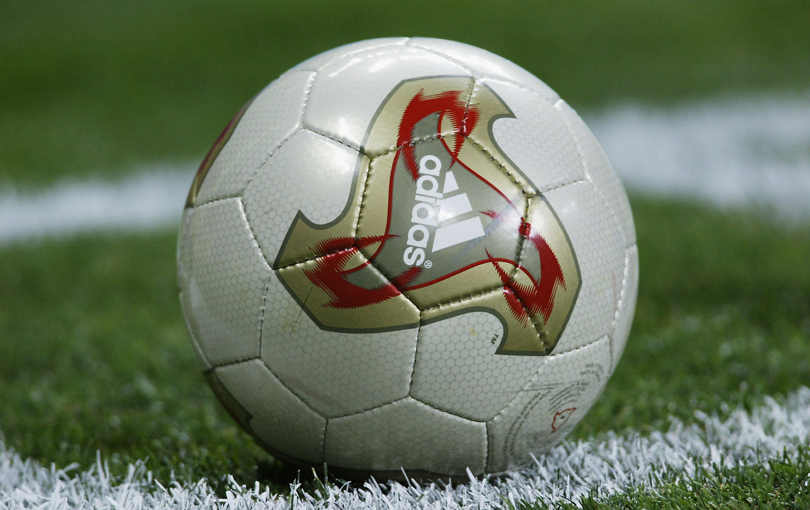
The World Cup was reinvented in 2002. New continent. New millennium. New look for Adidas. The Fevernova is just as bold and groundbreaking, inspired entirely by Asian culture: the dark gold shape resembles a tomoe (comma-like swirl symbol used in Japanese) with the red streaks representing calligraphy brush strokes that you might see in manga.
This thing looked super-cool when Becks and Raul shuffled it about in their Predator Manias. Not sure we believe those who claimed it was to blame for the shock results of that tournament, though.
6. Nike Merlin Geo (2000)
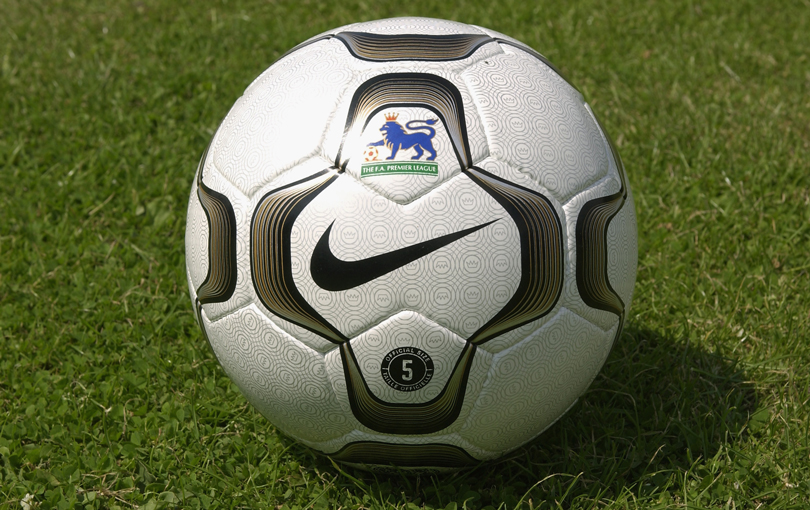
Dennis Bergkamp’s turn on Nikos Dabizas. The original Total 90 boots. Ruud van Nistelrooy going beserk. The Premier League highlights being broadcast on ITV1. There are so many memories evoked by this classic football, which was the first that Nike created for the Prem.
The Geo is as timeless a design as a Dalek or a Bakelite telephone. It’s part of English footballing heritage.
5. Adidas Telstar (1970)
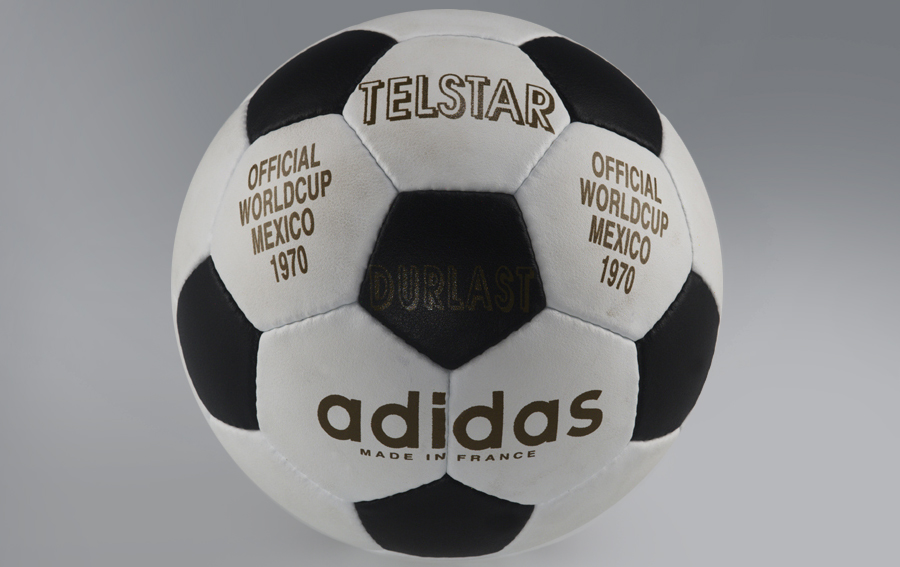
The Adidas Telstar was beamed onto TV sets from the Mexico World Cup in 1970 – a futuristic black-and-white beast of a ball – and it became so ubiquitous that it became the standard of how children around the world would draw a football.
The 32-panel globe coloured every hexagon white and every pentagon black: it was that simple a design. Yes, it looks blocky and boring now but at the time, there was nothing cooler than Pele skinning defenders with this thing. It’s legendary in the timeline of sport itself.
4. Mitre Ultimax (1990)
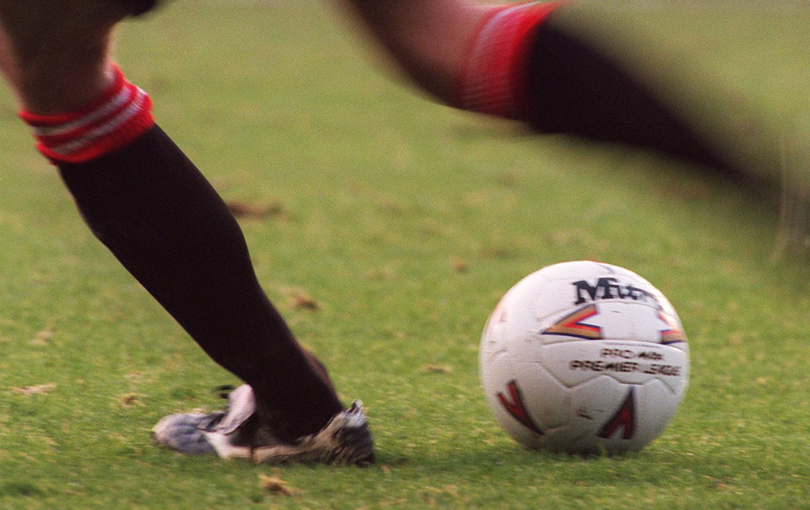
Mitre is interwoven into the very fabric of football. The first football to ever travel at 100mph was the Ultimax, a typically V-covered beauty with glorious blue and gold patterns all over. This was Alan Shearer’s best friend, Paulo Di Canio’s partner in crime. It couldn’t be more 90s if it played Wonderwall when you caught it.
The Ultimax is still the longest-serving Premier League ball and the template that Mitre has looked to evolve from for over 25 years. Last year, the manufacturer re-released the Ultimax to the squealing glee of Prem nerds everywhere – and rightly so. It holds so many memories of Blackburn Rovers lifting silverware, Arsene Wenger’s early years and Fergie’s boys forming into superstars of the game.
It’s perhaps the only piece of footballing folklore from 1995 that’s still as beautiful as the day it debuted. It would look just as cool if the likes of Salah and Saka played with it.
3. Adidas Tango (1978)
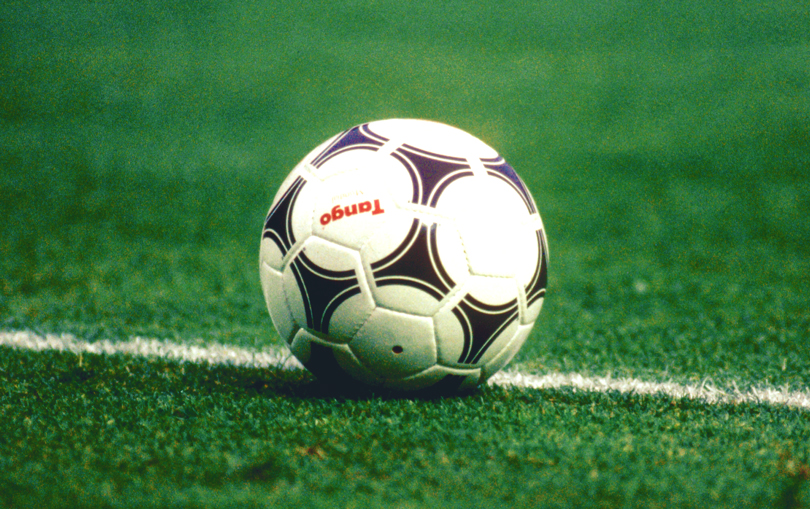
After the blocky Telstar design got outings in ‘70 and ‘74, Adidas renovated its flagship ball look in Argentina in 1978. It would take took something pretty special to shift the Telstar from its perch but what dropped into stadiums informed the following six tournaments of football fashion – perhaps not even total football was that influential.
You've seen some of the evolutions of this ball across this list – but the original Tango is still the best. One of the nicest examples of negative space design in the history of football, with the cute and curvy triangular shapes forming a net around the ball, leaving white circles on which Adidas plastered their logo. Whether it went Aztec for Mexico ‘86, full-Rome for Italia 90 starry-eyed for USA ‘94, it's this design that profits as the first to look this good: eventually, the last Tango of Paris signed off the design with the aforementioned Tricolore of France ‘98.
It’s hard to know what made the Tango so enduring, other than its simplicity. It played in more World Cups than any player, though: it’s an icon of the game and will forever be associated with the World Cup.
2. Nike Total 90 Aerow (2004)
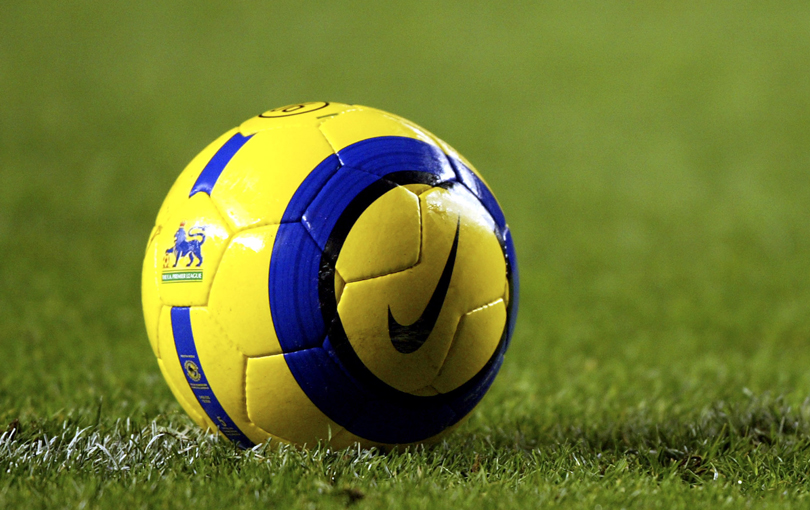
Between 2004 and 2007, everything that Nike touched turned to gold. Circles around the numbers on shirts? Sure, why not. TV ads of Thierry Henry pirouetting through an expensive apartment – only to find the Manchester United team in his spare room? Makes sense. Putting a massive “90” on the instep of boots? It looked great.
The Total 90 Aerow adhered to this strange aesthetic of the American manufacturer doing everything minimal yet big, bold and in your face. Gone was the elegant Geo patterned ball in the Premier League, replaced by a pure, white pill – and it had a massive blue ring around it. When we ticked through to the winter, Nike delivered the same ball but in luminous yellow.
It became an instant classic. It’s still the most iconic football ever produced by the company – so much so that Prem standards since have been based on it.
1. Adidas Finale (2001)
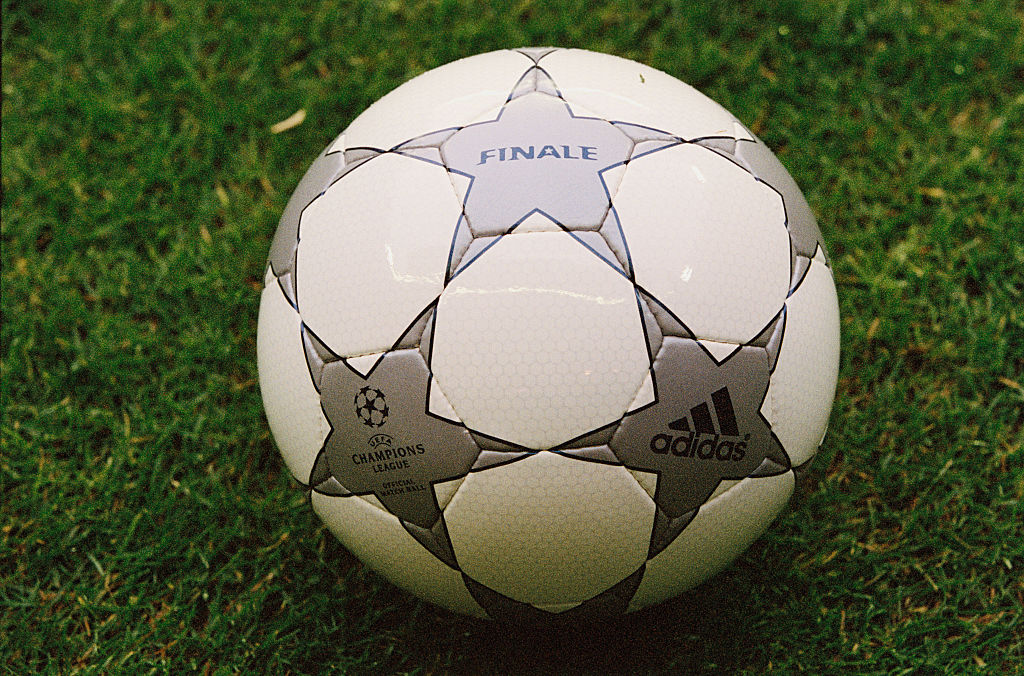
It was 2001 when Zinedine Zidane swung a left peg at Roberto Carlos’s looping cross, to smash the Adidas Finale into the top bin of the Bayer Leverkusen net. The Frenchman didn’t just justify £45m of outlay: he ensured the Champions League ball would go down in history.
This ball is almost holding back the tides of the European Super League: it doesn’t bear thinking about a top competition without starting with this masterpiece placed on the centre-spot. The starball stands for prestige; for glory under the lights. This is the football that they printed on a huge round sheet of silver fabric and gave to kids to waggle around on the centre circle while the operatic anthem played. This is the ball used for the most important game in the sport: and it more than fits the criteria.
The Adidas Finale has almost ripened over the years, from a Telstar-inspired piece into a chameleon that reflects its host city each season. You might not know which competitions the Tango was used in; the Geo Merlin or Aerow 90 were used in a few tournaments, too. But you know where you were when you first saw the Finale. It is elite branding. It is timeless.
And that first Finale, eh? Siver and white, just like the competition, those stars, stretching over the pentagonal panels, to join hands ready for that anthem. Like dog years, its 20-year lifetime is a long time in the modern-day: trends are fleeting now, written in pencil, not pen, as kits and boots are updated and renovated annually. Through it all, the Finale remains.
Current page: The 50 best footballs ever: 10-1
Prev Page The 50 best footballs ever: 20-11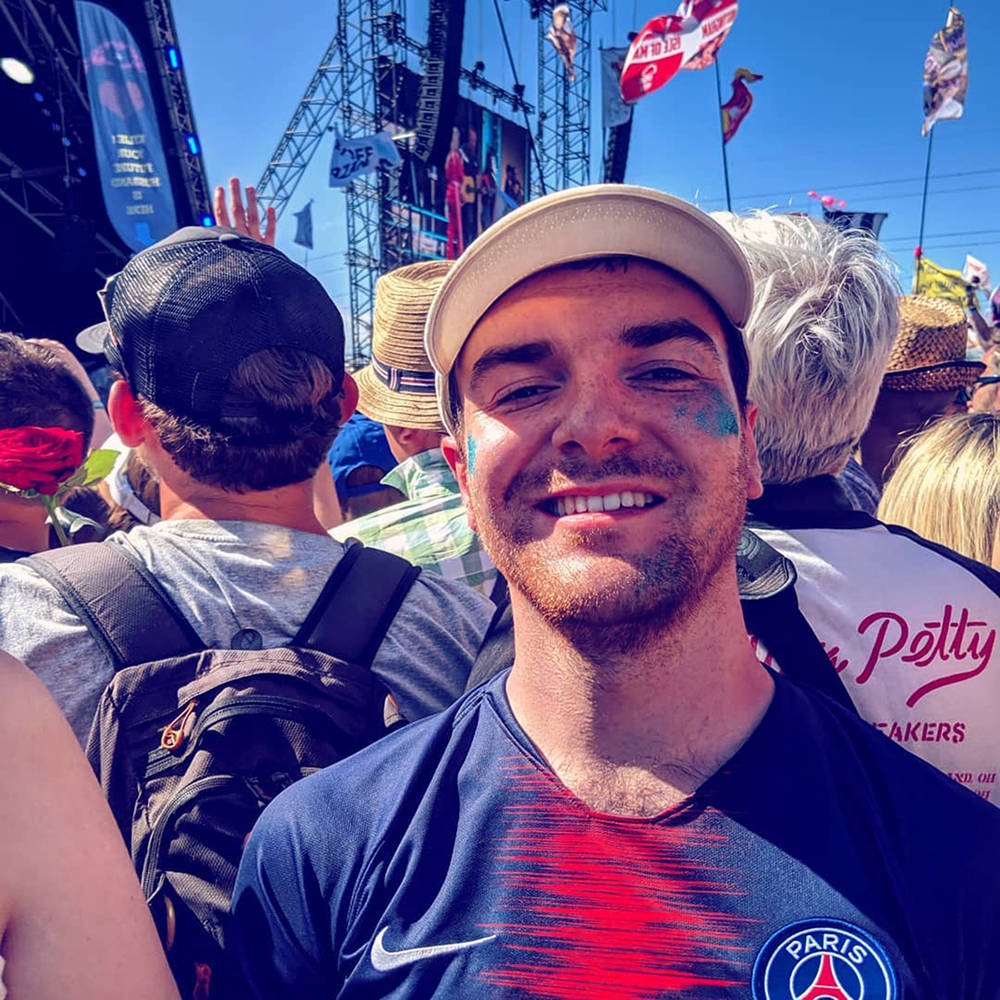
Mark White has been at on FourFourTwo since joining in January 2020, first as a staff writer before becoming content editor in 2023. An encyclopedia of football shirts and boots knowledge – both past and present – Mark has also represented FFT at both FA Cup and League Cup finals (though didn't receive a winners' medal on either occasion) and has written pieces for the mag ranging on subjects from Bobby Robson's season at Barcelona to Robinho's career. He has written cover features for the mag on Mikel Arteta and Martin Odegaard, and is assisted by his cat, Rosie, who has interned for the brand since lockdown.
